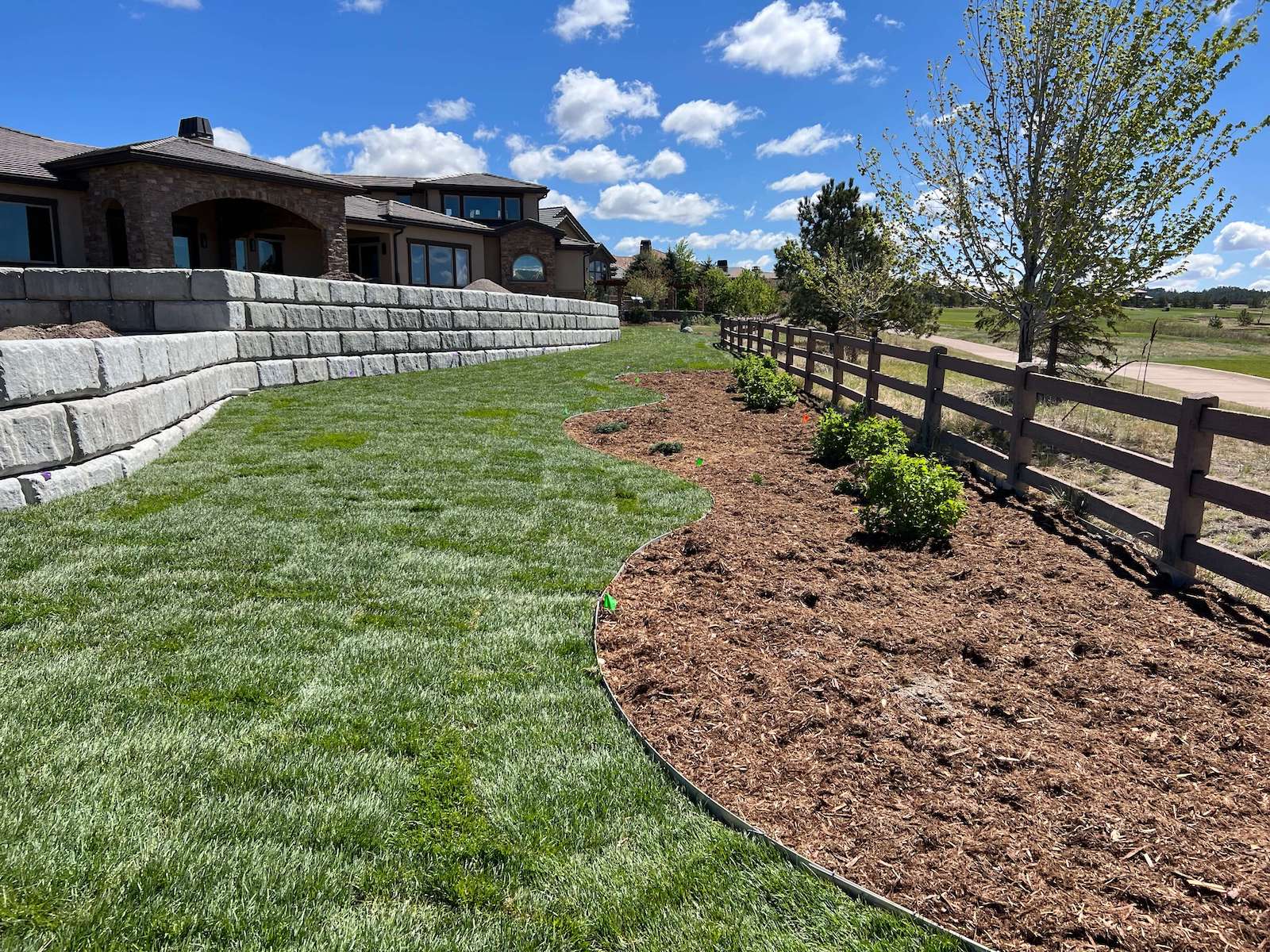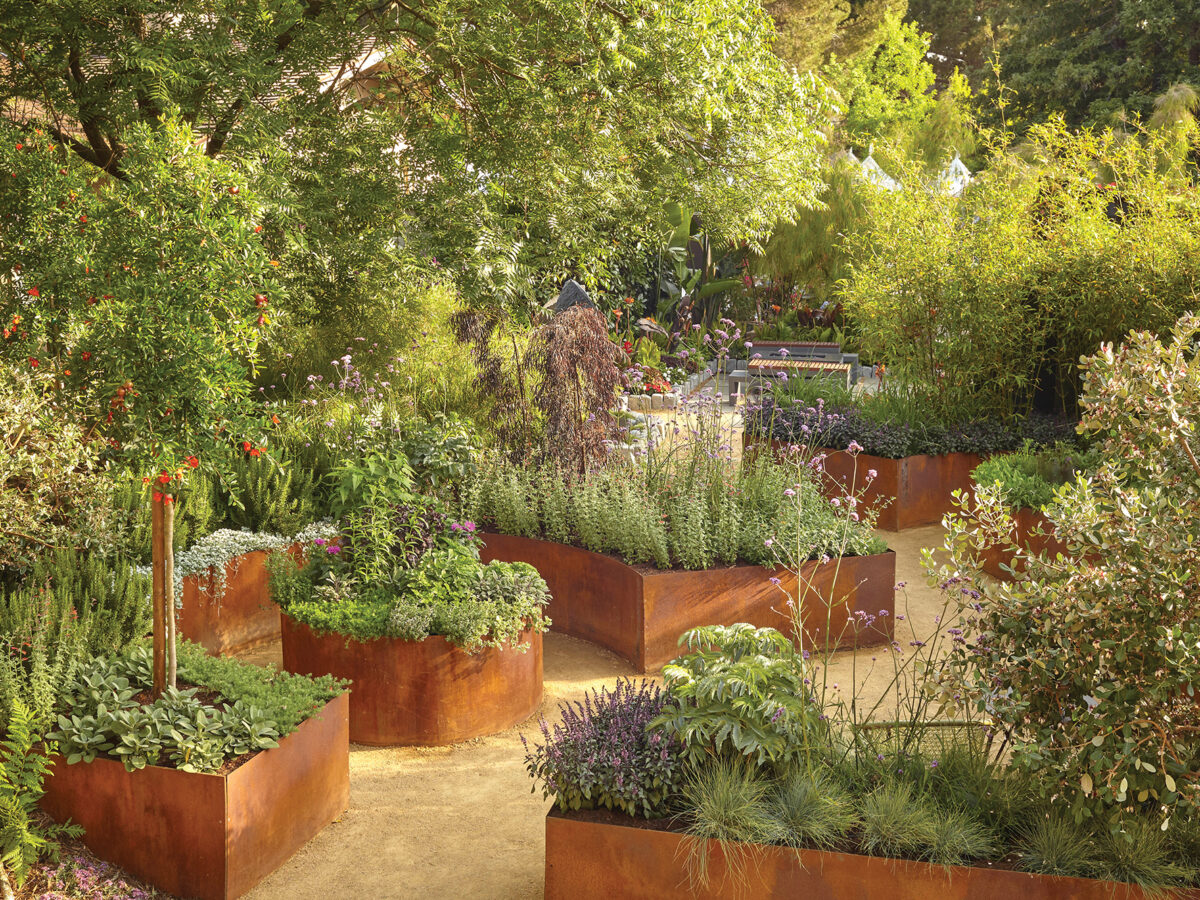Not known Facts About Hilton Head Landscapes
Table of ContentsSome Ideas on Hilton Head Landscapes You Should KnowSome Of Hilton Head LandscapesHilton Head Landscapes for DummiesThe Definitive Guide for Hilton Head LandscapesThe Greatest Guide To Hilton Head Landscapes9 Simple Techniques For Hilton Head LandscapesThe Ultimate Guide To Hilton Head Landscapes7 Easy Facts About Hilton Head Landscapes Shown
Form compatibility is additionally a significant part of unity in designone or more noticeably various forms benefit contrast and emphasis, however typically all other kinds ought to have some similarities for an unified appearance. Structure refers to just how rugged or great the surface of the plant or hardscape material feels and/or looks.
Examples of plants with crude texture include philodendrons, agaves, bromeliads, hollies, palms, and hydrangeas. Hardscape with crude appearance includes rough-cut stone, rough-finished block, and incomplete wood with knots and an increased grain. Matured or old building product that keeps a weather-beaten surface is commonly crude in texture. Attributes that create fine structure consist of small foliage; slim, strappy fallen leaves (grasses) or tall, slim stems; little, dense twigs and little branches; long stems (creeping plants); and tiny, delicate flowers.
Rumored Buzz on Hilton Head Landscapes
Most plants are average appearance, in that they can not be defined as having either crude or great appearance. Medium-textured plants act as a history to link and merge the rugged- and fine-textured plants.

To make a room feel smaller sized, place the rugged appearances along the external perimeter and the fine structures closest to the visitor. The detail of the crude texture makes the plants show up closer and makes the space feel smaller sized. The regarded texture of plants can also alter with the range from the plant.
Fascination About Hilton Head Landscapes
Strong shades enhance the contrast and make the appearance appear coarser, while low-key colors can squash appearance. Hardscape with a rugged texturesuch as very rough rocks and strong, big timberstends to make all plant product appear more moderate distinctive. Designers frequently develop an appearance research (Figure 8) on paper to aid make a decision the plan of plant materials.
Shade in plant product and hardscape includes passion and range to the landscape. Color is the most obvious aspect in the landscape and is typically the emphasis of a lot of homeowners; nevertheless, it is also the most momentary aspect, normally lasting just a few weeks a year for specific plants.
About Hilton Head Landscapes
A basic description of the shade wheel consists of the three key colors of red, blue, and yellow; the three secondary shades (a mix of 2 primaries) of green, orange, and violet; and six tertiary colors (a mix of one nearby key and secondary color), such as red-orange. Shade theory describes the relationship of colors to each other and just how they need to be used in a make-up.

Comparable (occasionally called unified) shade plans are any 3 to five shades that are nearby on the shade wheel, such as red, red-orange, orange, yellow-orange, and yellow, or blue, blue-violet, and violet (bluffton landscaping). The colors are relevant to every various other due to the fact that they generally consist of two primaries mixed to create an additional and 2 tertiary shades, which implies they share usual residential properties
Complementary shades are commonly found normally in blossoms; a typical set is yellow and violet. Color is discovered in the flowers, vegetation, bark, and fruit of plants.
Hilton Head Landscapes Fundamentals Explained
Green foliage in all its different tones is the leading shade by amount, but various other shades capture attention a lot more readily since of their high comparison to the shade environment-friendly. Color is also discovered in structures, rocks, pavers, timber, and furniture. A lot of shades in all-natural products, such as stone and wood, are generally soft and have a tendency to be variations of brownish, tan, and pale yellow.
Colors have residential or commercial properties that can impact feelings, spatial perception, light quality, equilibrium, and focus. Cool shades have a tendency to be calming and should be utilized in areas for leisure and peacefulness.
The Main Principles Of Hilton Head Landscapes
The "temperature level" of colors can likewise affect the understanding of distance. Trendy colors tend to recede and are regarded as being farther away, making a space really feel bigger. Cozy shades have a tendency to breakthrough and are perceived as being better, making a space feel smaller sized. Color can likewise be made use of to capture focus and straight sights.
For example, brilliant yellow, which has the greatest intensity, also has a high comparison with all other colors (usually referred to as a "pop" of shade) and need to be conserved. A little amount of extreme color has as much visual weight as a big amount of a much more restrained or weak color.
Analogous (in some cases called harmonious) shade plans are any type of 3 to 5 shades that are surrounding on the shade wheel, such as red, red-orange, orange, yellow-orange, and yellow, or blue, blue-violet, and violet. The shades relate per other because they generally include two primary colors mixed to form a secondary and two tertiary colors, which means they share common residential properties.
The Ultimate Guide To Hilton Head Landscapes
They have a tendency to have high contrast between them. One of the most usual collections are violet and yellow, red and environment-friendly, and blue and orange. Complementary shades are commonly found normally in blossoms; a common pair is yellow and violet. Shade is discovered in the blossoms, vegetation, bark, and fruit of plants.
Environment-friendly foliage in all its different shades is the leading shade by quantity, yet other shades catch interest extra readily due to their high contrast to the shade eco-friendly - landscape design hilton head - https://triberr.com/h1tnhdlndscps. Color is additionally discovered in structures, rocks, pavers, timber, and furniture. Many colors in natural materials, such Home Page as stone and timber, are typically low-key and often tend to be variants of brown, tan, and pale yellow
The Definitive Guide to Hilton Head Landscapes
Colors have residential properties that can affect emotions, spatial understanding, light top quality, equilibrium, and emphasis. Amazing shades often tend to be calming and must be used in areas for leisure and tranquility.
The "temperature" of shades can also affect the perception of range. Cool colors have a tendency to recede and are viewed as being further away, making a space really feel bigger. Cozy colors have a tendency to development and are regarded as being closer, making a room feel smaller. Shade can likewise be used to catch focus and straight views.
For instance, bright yellow, which has the highest possible strength, likewise has a high contrast with all other shades (typically described as a "pop" of shade) and should be conserved. A small quantity of extreme color has as much aesthetic weight as a large amount of a much more suppressed or weak color.